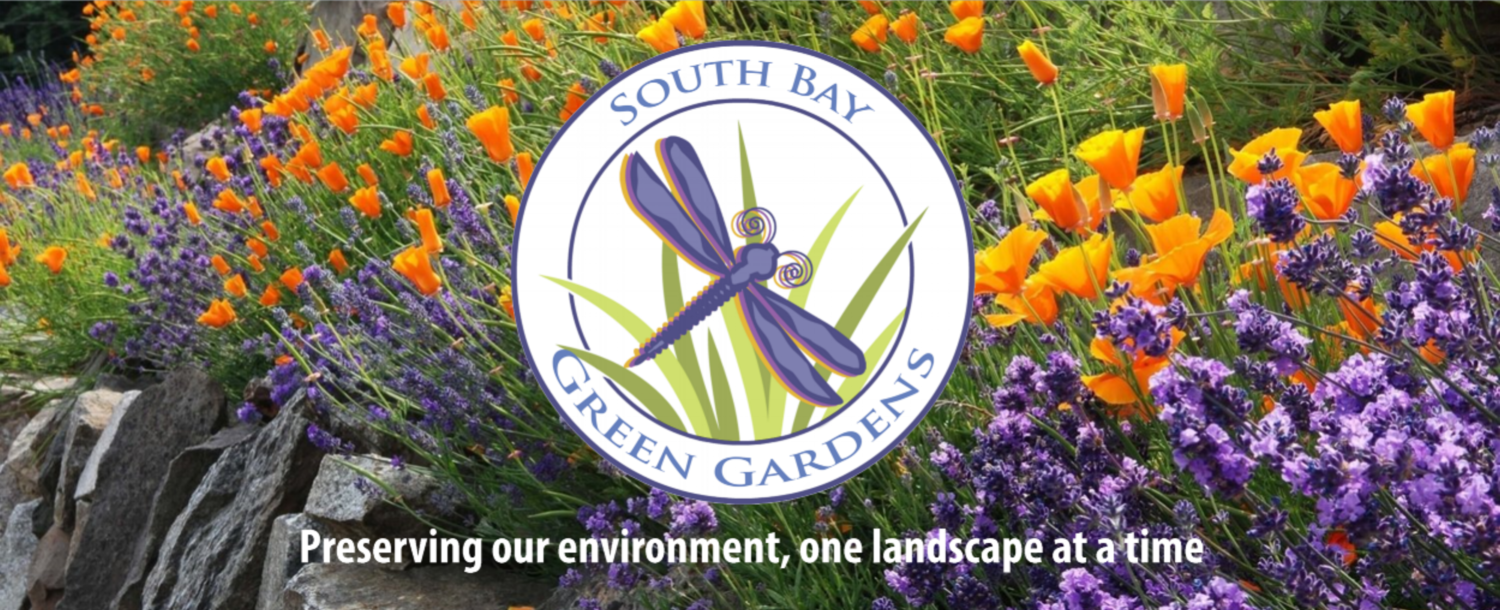As fall arrives, it’s a great time to give your water guzzling yard a makeover and install a beautiful, low water use landscape instead that provides year round color and interest, habitat and food for local birds, butterflies and bees, and reduces maintenance needs.
Our cooler autumn days and nights are just right for new, tender plants. Plus - fingers crossed! - our winter rains will water your landscape for you (although you will still need to be sure these new plantings get enough regular water as they are getting established). So go get gardening!
Planning on taking out your lawn? To learn more about receiving a rebate for transforming your lawn into a low water use landscape in Santa Clara County, and to start the online application process, click here. Remember, to remain eligible, application submittal and approval are required before starting your project.


